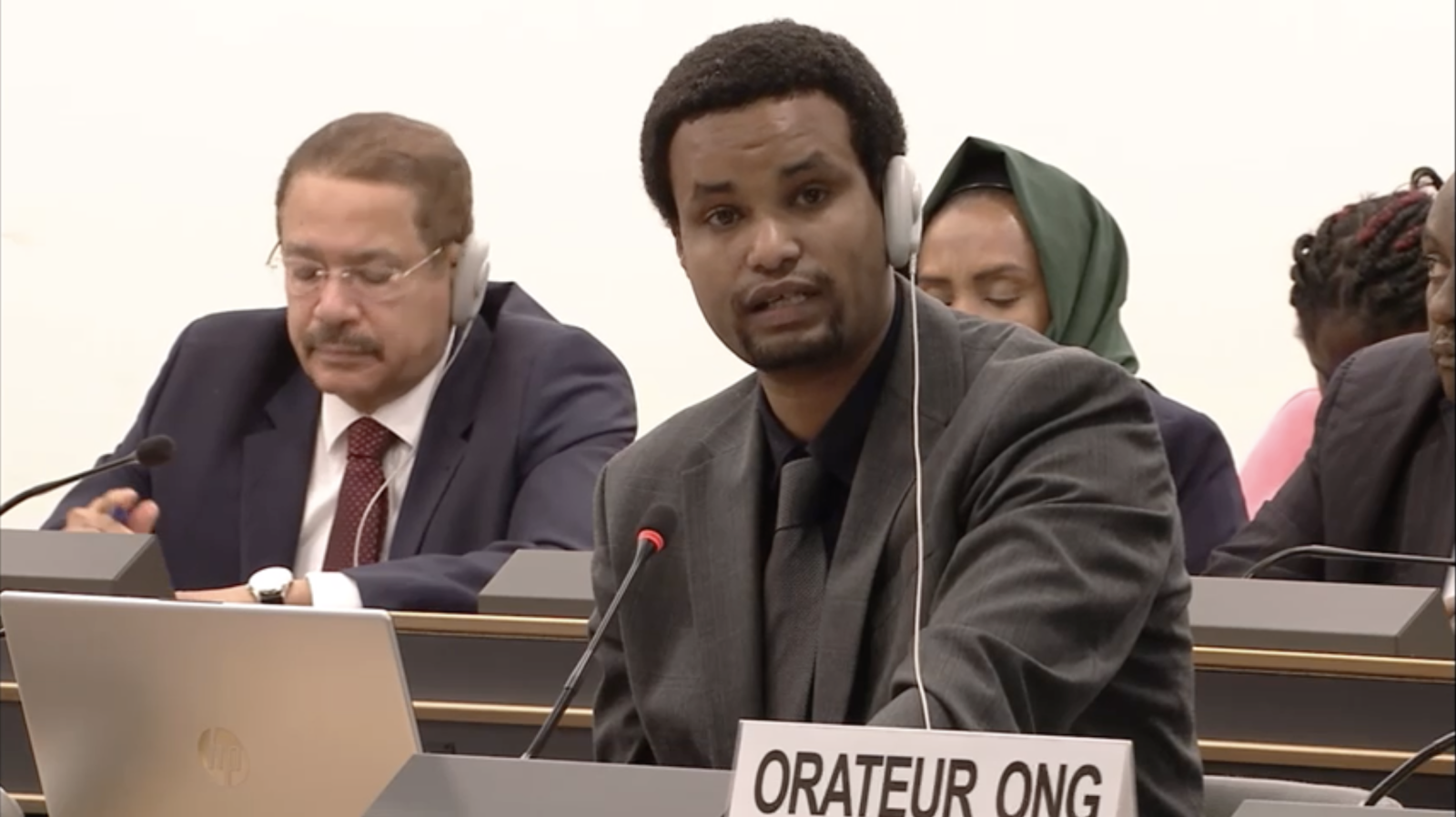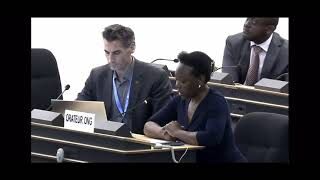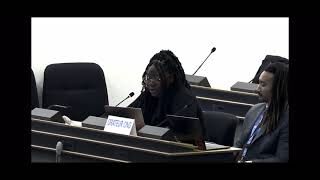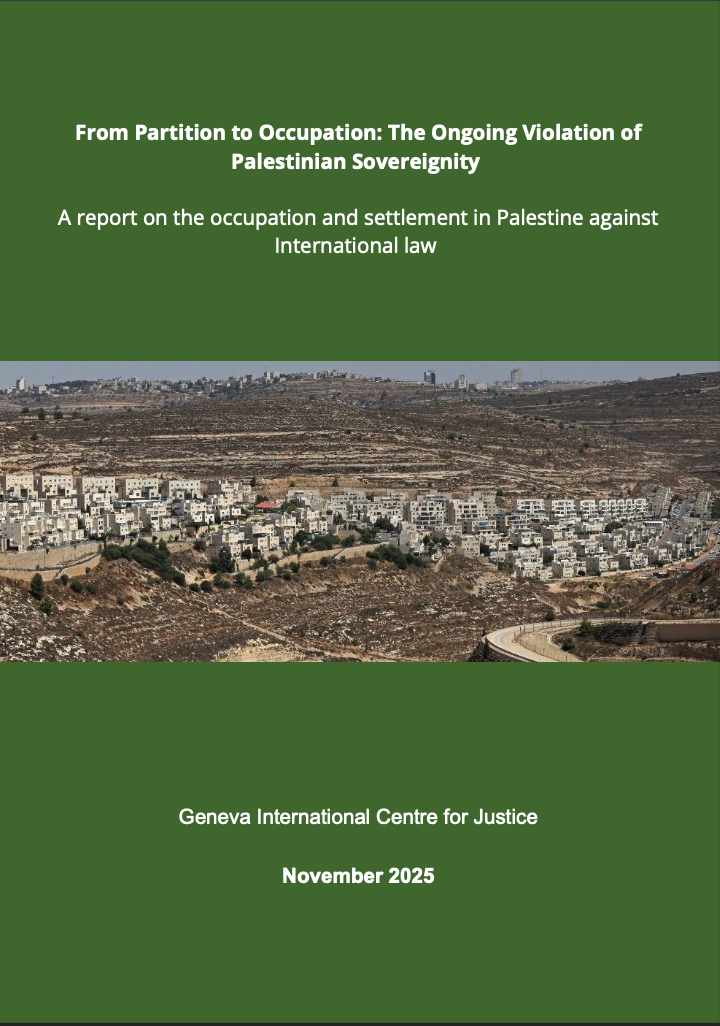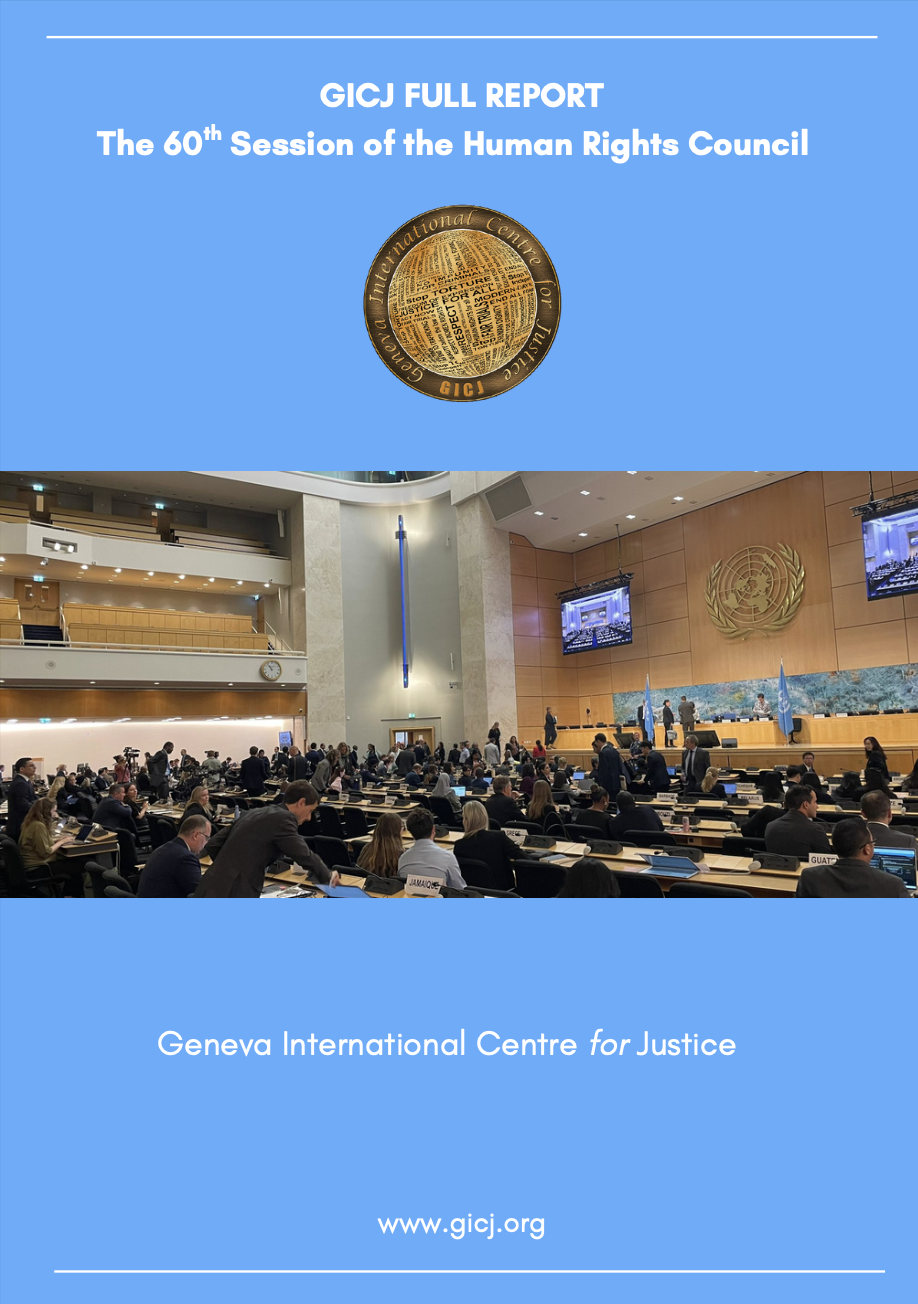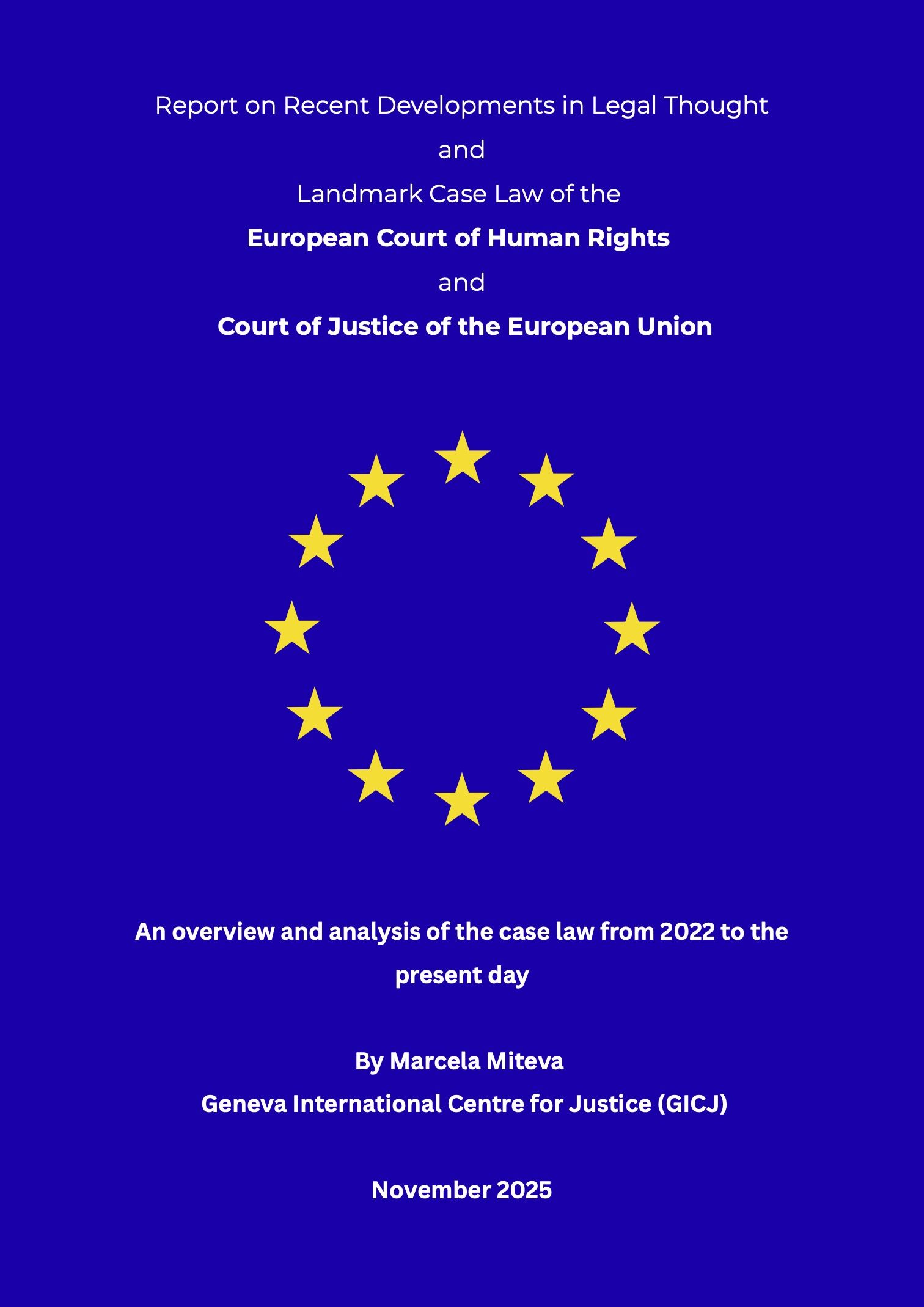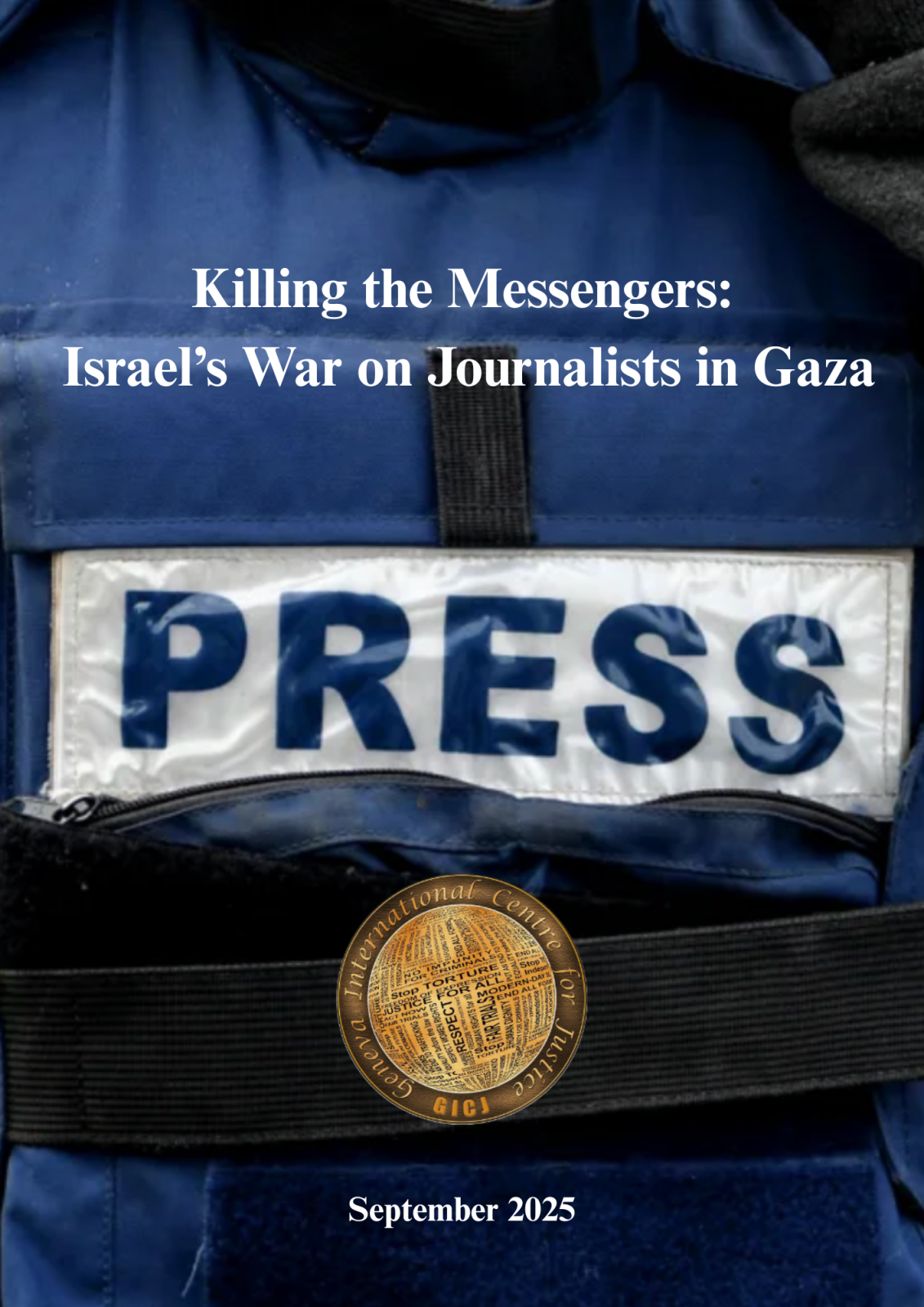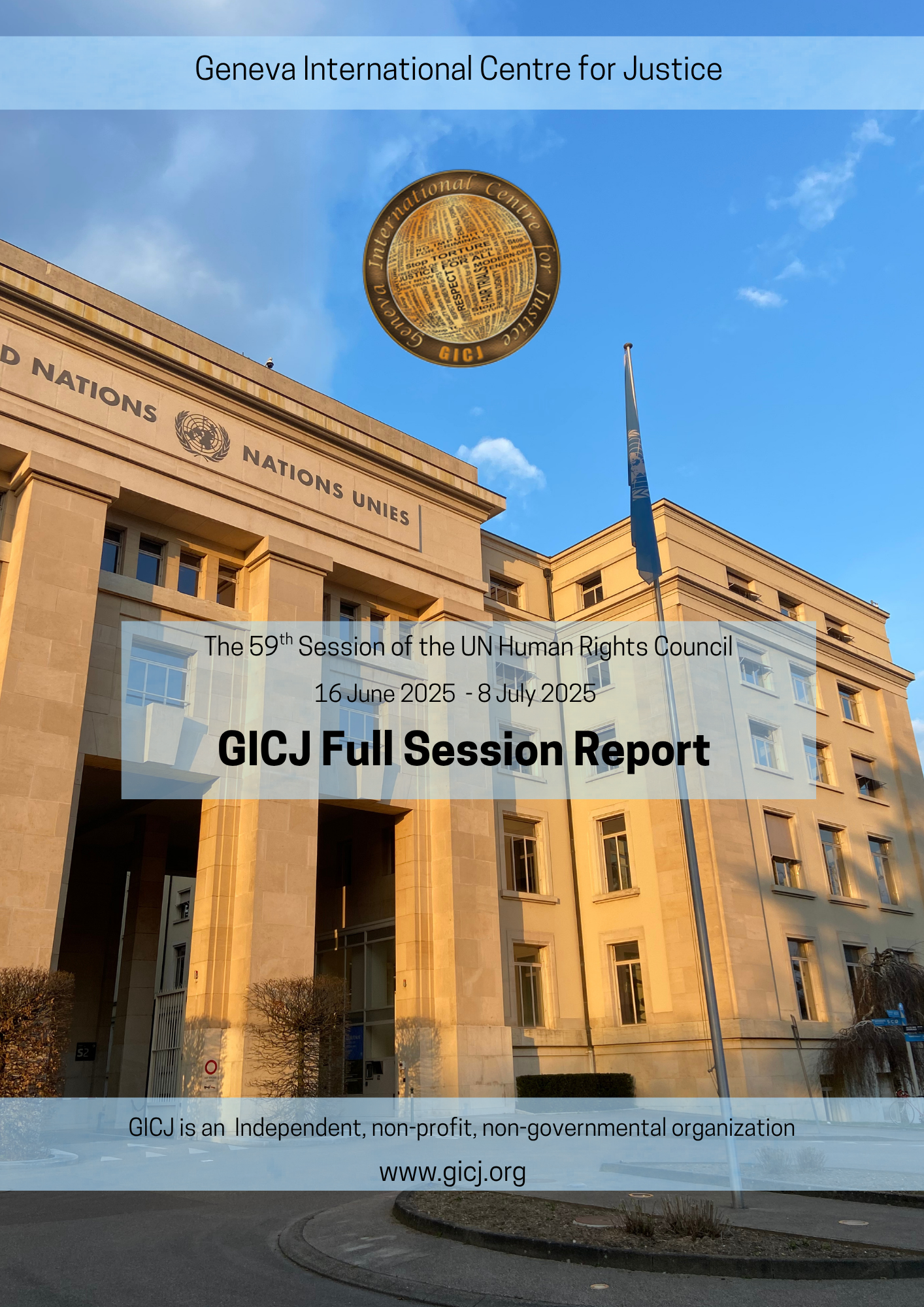Systematic, Opportunistic and Ruthless: The Machinery of Child Soldier Recruitment in Yemen
Image source: (Pexels) https://www.pexels.com/fr-fr/photo/noir-et-blanc-yeux-visage-enfant-8387469/
Driven by the exigencies of abject poverty or indoctrinated by militias, Yemeni child soldiers grow up on the battlefield, trading childhoods for guns, bloodshed, and violence that never seem to end.
Background
According to the Paris Principles on the Involvement of Children in Armed Conflict (2007), “a child associated with an armed force or armed group” refers to “any person below 18 years of age who is or who has been recruited or used by an armed force or armed group in any capacity, including but not limited to children, boys and girls, used as fighters, cooks, porters, spies or for sexual purposes”. [1] Under international human rights law, 18 is the minimum legal age for recruitment and use of children in hostilities, and recruitment of children under 15 is defined as a war crime under the jurisdiction of the International Criminal Court (ICC). [2]
Analysing the systems of child recruitment in Yemen requires an understanding of its conflict-ravaged context. Yemen’s multilateral civil war began in 2014 when Houthi rebels took control of Sanaa, leading to prolonged conflict between Houthis and internationally recognised government forces. On 23 December 2023, the UN Special Envoy for Yemen announced that warring parties have committed to steps towards a ceasefire. Regardless, hostilities remain, Iwith renewed escalations after Houthis hijacked a ship in the Red Sea on 19 November 2023.
According to the Annual Report of the UN Secretary-General on Children and Armed Conflict released in July 2022, Yemeni child soldiers have been recruited by myriad actors including the Internationally Recognised Government of Yemen (IRGY), pro-government militias, the Houthis, the Security Belt Forces and the so-called Islamic State. [3] Over the course of the civil war between 2014 and 2021, the Houthi rebels recruited more than 10,000 children between 2014 and 2021. [4] Since 7 October 2024, the Houthis have also stepped up recruitment of fighters, with news releases featuring recent recruits as children. [5]
Having mobilised children for war since the 1990s, the Houthis have constructed a system of recruitment that systematically extends into communities to involve brokers, schools and community elders. Despite signing an action plan with the United Nations (UN) in 2022 to end and prevent the recruitment and use of children, the Houthis remain the most prominent perpetrators of child recruitment in Yemen. As the machinery of child soldier recruitment continues to operate, more and more Yemeni children are deprived of their right to safe and healthy childhoods, with devastating implications for the possibility of peace in post-conflict Yemen.
Recruitment through Ideology and Indoctrination
Tribal cultures in Yemen emphasise honor, solidarity and protection of the tribe and land at all costs. Further, Yemeni social customs link carrying a weapon with pride and power, a tradition that extends to children, particularly in rural and mountainous communities. In Yemeni culture, 15 and 16-year olds are often seen as adults expected to work, rather than as children or teenagers. [6] The Houthis have repeatedly capitalised on this notion to pressure tribes to contribute child soldiers to its war effort. To garner moral and religious legitimacy and thus strengthen recruitment efforts, the Houthis have also strategically renamed its movement to Ansar Allah (Partisans of God) to appeal to Sunni followers of the Shafi’i school of Islamic law. More recently, to reinforce their messaging of resistance and heroism, they have also linked their Red Sea attacks to support for Gaza. However, people in Yemen and more widely in the Arab world see that the Houthi involvement is just to support the Iranian expansion in the region.
A key pillar of Houthis’ systematic indoctrination is the manipulation of educational institutions, which are transformed into military summer camps. According to the 2023 report by the UN Panel of Experts on Yemen, children as young as 10 are increasingly subjected to military propaganda and training in summer camps, which involve over 1 million Yemeni children inhabiting Houthi-controlled areas. [7] Children are taught to use AK47 rifles, grenade launchers, conduct live-fire maneuvers, and plant deadly landmines.
In certain facilities, children receive intensive indoctrination in radical beliefs and sectarian ideologies, including the Hadawi doctrine, which demands absolute submission to the Houthi leader Abdelmalek al-Houthi. Young children are repeatedly told that they are fighting a holy war against Jews, Christians and Arab countries that have given in to Western influence. More generally, Houthis also leverage these camps to spread glorified notions of jihad and martyrdom, presenting the war as a “noble” mission to defend Yemen against its adversaries. [8]
Beyond ideology, the Houthis’ comprehensive recruitment strategy extends to creating social conditions to strengthen mobilisation and retention efforts. For example, they frequently organise social events, mobilisation-focused activities at mosques, as well as media apparatus glorifying children killed on the frontlines.
Recruitment through Exploitation of Poverty
According to the UN Population Fund, 80% of Yemen’s population struggles to put food on the table and access basic services. [9] Yemen’s ongoing economic crises are aggravated by Houthi manipulation and blockade of humanitarian aid through the Supreme Council for Management and Coordination of Humanitarian Affairs and International Cooperation (SCMCHA).
Driven desperate by abject poverty, children and families are easily lured by salaries of 20,000 Yemeni rials (around $80), accommodation, tobacco and food baskets offered by the Houthis. [6] Evidently, the Houthis both create and exploit dire economic conditions for recruitment.
Lack of Educational and Career Opportunities as Exacerbating Factors
Additionally, the desolate state of educational institutions and opportunities (with many traditional schools being transformed into Houthis’ summer camps) compounded with a lack of conventional career opportunities in a war economy are all factors that have driven children to seek a life on the battlefield. [8] Furthermore, the Houthis have manipulated education by imposing monthly fees of YR2,000 for students enrolled in public schools. [10] Faced with the hefty costs of education, students unable to afford these fees are often pushed to join the Houthi forces to generate income for their families.
Recruitment through Threats and Coercion
In many other cases, children are recruited through outright threats and coercion. The 2023 report by the UN Panel of Experts on Yemen stated that families who refuse to send their children for military recruitment may be blocked from humanitarian assistance. In other cases, their children may be abducted, detained and subject to abuse and sexual violence [7].
Beyond the Houthis: Recruitment by A Multiplicity of Actors
While the Houthis are the most prominent perpetrator of child recruitment, this practice has also been taking place in the Security Belt Forces and the Shabwani Elite Forces, which are the major UAE-backed armed groups in Yemen. Recruitment drives are often disseminated through social media, tribal appeals and in Whatsapp groups, where peers encourage others to join the armed group as well. [8] However, since recruits can bypass minimum age requirements through forging birth certificates, it is difficult to reliably quantify such child recruitment practices.
The Yemeni national army also utilises financial incentives to recruit child soldiers, promising a bimonthly salary of YR60,000 with additional yearly bonuses from the Saudi-led coalition. [8] Besides financial incentives, family political affiliation, peer influence and resentment towards Houthi incursions are other factors inciting children to join pro-government armed forces.
The Implications of Militarised Childhoods for Yemen’s Future
The ramifications of widespread child recruitment are heartbreaking. Children as young as 10 are pushed to the front lines, exposed to artillery fire and instrumentalized in active combat, posing great risks to their lives and health. The extensive process of indoctrination, militarisation and utter exploitation also lead to deep psychological scars and traumas that handicap later reintegration into civilian life.
Ultimately, children are tomorrow’s generation and leaders, making them vital to any post-conflict solution for durable peace in Yemen. The removal of children from educational and development opportunities risks creating a lost generation, severely affecting post-conflict rebuilding and transitional justice processes. Targeting and dismantling the machinery of child recruitment in Yemen is thus absolutely essential if we were to envision possibilities for peace in post-conflict Yemen.
Position of Geneva International Centre for Justice (GICJ)
Geneva International Centre for Justice (GICJ) condemns child recruitment practices that violate international law and deprive children of their right to safe and healthy childhoods. In this regard, GICJ also reiterates that upholding the right to healthy childhood development and child welfare is fundamental to building sustained peace in any society.
In 1999, Yemen ratified the Convention on the Rights of the Child prohibiting the recruitment of children under 15 into national armed forces and limiting the Yemeni state’s recruitment of children below 18. GICJ implores Yemeni authorities to uphold their commitments under international law and to strengthen laws to deter perpetrators.
Ultimately, the machinery of child recruitment is intertwined with systemic issues such as economic crises, lack of educational opportunities and limited community awareness. Therefore, GICJ calls on the international community to support comprehensive approaches that target the root causes of child recruitment, such as the manipulation of humanitarian aid and deprivation of educational and career opportunities.
Further, GICJ calls on the international community to oppose the environment of normalised violence shaped by ongoing violations of international humanitarian law and human rights law in Yemen’s civil war, and to criticise the prevalence of impunity that allows such abuses to prevail.
Sources
[1] Paris Principles and Guidelines on Children Associated with Armed Forces or Armed Groups
[3]Secretary-General Annual Report on Children and Armed Conflict
[5]Yemen: Houthis Recruit More Child Soldiers Since October 7 | Human Rights Watch
[6]Child Soldiers in Yemen: Cannon Fodder for an Unnecessary War
[7]https://www.securitycouncilreport.org/atf/cf/%7B65BFCF9B-6D27-4E9C-8CD3-CF6E4FF96FF9%7D/S_2023_833.pdf
[8] Child Soldiers in Marib and Shabwa - Sana'a Center For Strategic Studies
[9]https://www.unfpa.org/yemen#:~:text=Yemen%20remains%20one%20of%20the,table%20and%20access%20basic%20services.




